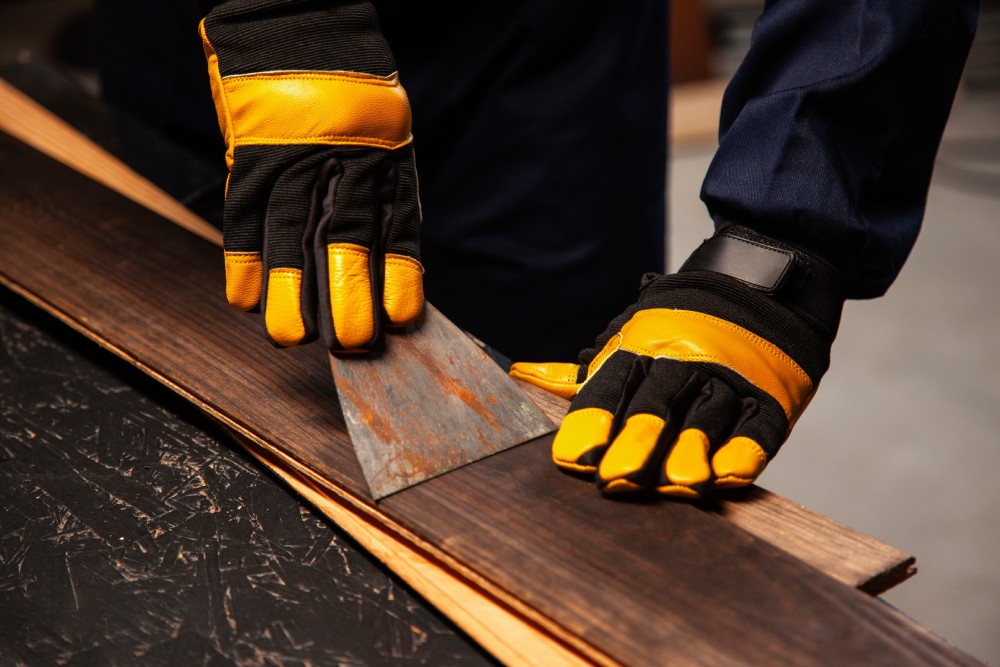
Do Cut-Resistant Gloves Really Work?
Cut-resistant gloves are a crucial piece of personal protective equipment (PPE) in various industries, including construction, manufacturing, food processing, and more. They are designed to protect the hands from injuries caused by sharp objects such as knives, glass, metal, and machinery. But do these gloves really work?
Understanding the effectiveness of cut-resistant gloves and the factors that influence their performance is essential for anyone who works in environments where hand injuries are a risk.
How Do Cut-Resistant Gloves Work?
Cut-resistant gloves are made from materials that are specifically engineered to resist cuts and punctures. These materials include high-performance fibers like Kevlar, Dyneema, and HPPE (High-Performance Polyethylene), as well as metal mesh and composite yarns. The effectiveness of these gloves comes from their ability to prevent sharp objects from penetrating through the fabric and reaching the skin.
The level of cut resistance in a glove is measured according to standards set by organizations like the American National Standards Institute (ANSI) and the European Union’s EN 388 standard. These standards classify gloves based on their ability to withstand different levels of force before a cut occurs. For instance, gloves rated as ANSI Level A1 offer minimal cut resistance, while those rated as Level A9 provide maximum protection against cuts.
Factors That Affect the Effectiveness of Cut-Resistant Gloves
While cut-resistant gloves are designed to provide protection, their effectiveness can vary depending on several factors:
- Material and Construction: The materials used in the gloves and how they are constructed play a significant role in their effectiveness. Gloves made from multiple layers of cut-resistant materials or those that incorporate metal mesh tend to offer higher levels of protection. The weave and thickness of the fabric also contribute to the glove's ability to resist cuts.
- Proper Fit: The fit of the gloves is another crucial factor. Gloves that are too loose can slip, reducing their effectiveness, while gloves that are too tight can cause discomfort and restrict movement. A proper fit ensures that the gloves stay in place and provide consistent protection across the hands.
- Type of Task: The specific tasks being performed also affect the gloves' effectiveness. For example, gloves that provide excellent protection against cuts from straight-edged tools may not offer the same level of protection against punctures or serrated blades. It’s important to choose gloves that are designed for the specific risks associated with the job.
- Maintenance and Care: The condition of the gloves can impact their protective qualities. Worn-out or damaged gloves may no longer provide the same level of cut resistance as when they were new. Regular inspection, proper cleaning, and timely replacement of gloves are essential to maintain their effectiveness.
The Limitations of Cut-Resistant Gloves
Despite their name, cut-resistant gloves are not cut-proof. They are designed to reduce the likelihood of injury, not eliminate it entirely. Understanding the limitations of these gloves is important for managing expectations and ensuring they are used appropriately.
For instance, while cut-resistant gloves can significantly reduce the risk of injury from sharp objects, they may not protect against all types of hazards. Punctures from pointed objects like needles or nails, as well as crushing injuries from heavy equipment, are not necessarily prevented by cut-resistant gloves. Additionally, gloves with higher levels of cut resistance tend to be thicker, which can reduce dexterity and make them less suitable for tasks that require precision.
Beybi Plastik, since its establishment in 1949; operates in the field of personal protective work safety gloves, examination gloves production and sales, sterile surgical gloves and medical consumables sales and marketing.



